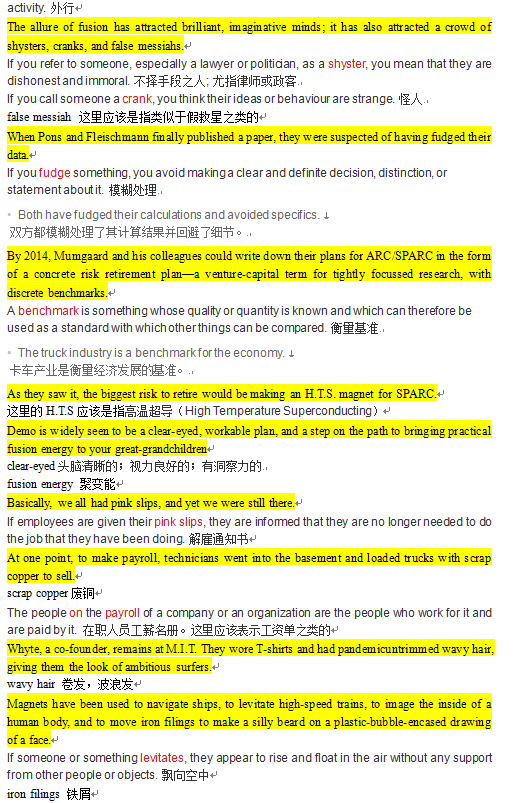Title: The Art of Tie-Wrapping: From Simple to Chic
The art of tie-wrapping, which transforms ordinary objects into pieces of art, has become increasingly popular. From simple techniques to create a basic bow, to more complex styles featuring intricate patterns, this craftsmanship can be applied to a range of items, including gifts, clothing, and even home decor. The beauty of tie-wrapping lies in its versatility; it can be as simple or as intricate as the creator desires, making it accessible to everyone. Whether you're looking to add a unique touch to a gift or create a statement piece of clothing, the art of tie-wrapping has something for everyone.
In the realm of fashion, the art of tie-wrapping has long been a sought-after skill. From the delicate lace scarves of yesteryear to the chunky knitted varieties of today, learning how to transform a plain scarf into a fashionable statement is an essential part of any wardrobe update. This guide will take you through the basics of tie-wrapping, from simple to chic, to help you master this versatile fashion technique.
The first step is to select your scarf. There are many different materials and styles to choose from, each with its own unique aesthetic. Consider the color, material, and pattern of your scarf to ensure it matches your outfit and desired look. For example, a bright-colored, lightweight silk scarf can add a pop of color to a neutral outfit, while a heavier knitted scarf can provide warmth and texture on colder days.
Once you've selected your scarf, it's time to learn the basics of tie-wrapping. The most common and easiest technique is the simple knot. Simply loop your scarf around your neck, bring the two ends together at the front, and tie them into a basic knot. This look is perfect for those who prefer a classic and elegant style.
If you're looking to step up your tie-wrapping game, there are many other techniques you can explore. The French Knot, for instance, involves tying a knot on one side of your neck, then bringing the two ends together at the front and securing them with a second knot. This style gives you a more secure and put-together look that can be paired with both casual and formal outfits.

Another popular technique is the coil tie, which involves wrapping your scarf around your neck several times before securing the ends with a knot or bow. This look is perfect for those who want to add texture and warmth to their outfit without being too bulky. It's also a great way to show off a scarves unique pattern or color.
Of course, the world of tie-wrapping is as diverse as it is creative. Once you've mastered the basics, you can start exploring more advanced techniques like the trinity knot, the infinite coil, or even creating custom patterns and designs with your scarf. The possibilities are endless, and your only limit is your imagination.

Finally, remember that practice makes perfect. Don't be afraid to experiment with different techniques and styles until you find the ones that suit you best. With a little practice and patience, you'll be able to transform any ordinary scarf into a fashionable statement that will have everyone asking where you learned such a skill.
In conclusion, the art of tie-wrapping is not only a practical skill but also a creative one that can help you express your personal style. From simple knots to more complex techniques, there is something for every taste and occasion. So go ahead, grab your scarf, and start practicing - who knows, you might just become a tie-wrapping pro in no time at all.

Articles related to the knowledge points of this article:
Title: Where to Find the Best Ties for Every Occasion?
Title: The Art of Dressing for Success: The Significance of a Red Tie and Suit
Title: The Art of Tie Knotting: Understanding the Importance of Tie Width
Title: The Timeless Elegance of YAGER Ties
Title: Unconventional Tie Knotting Techniques: A Guide to Casual Tie Styles
Title: Mastering the Art of Wearing Academic Uniforms and Ties: A Comprehensive Guide



